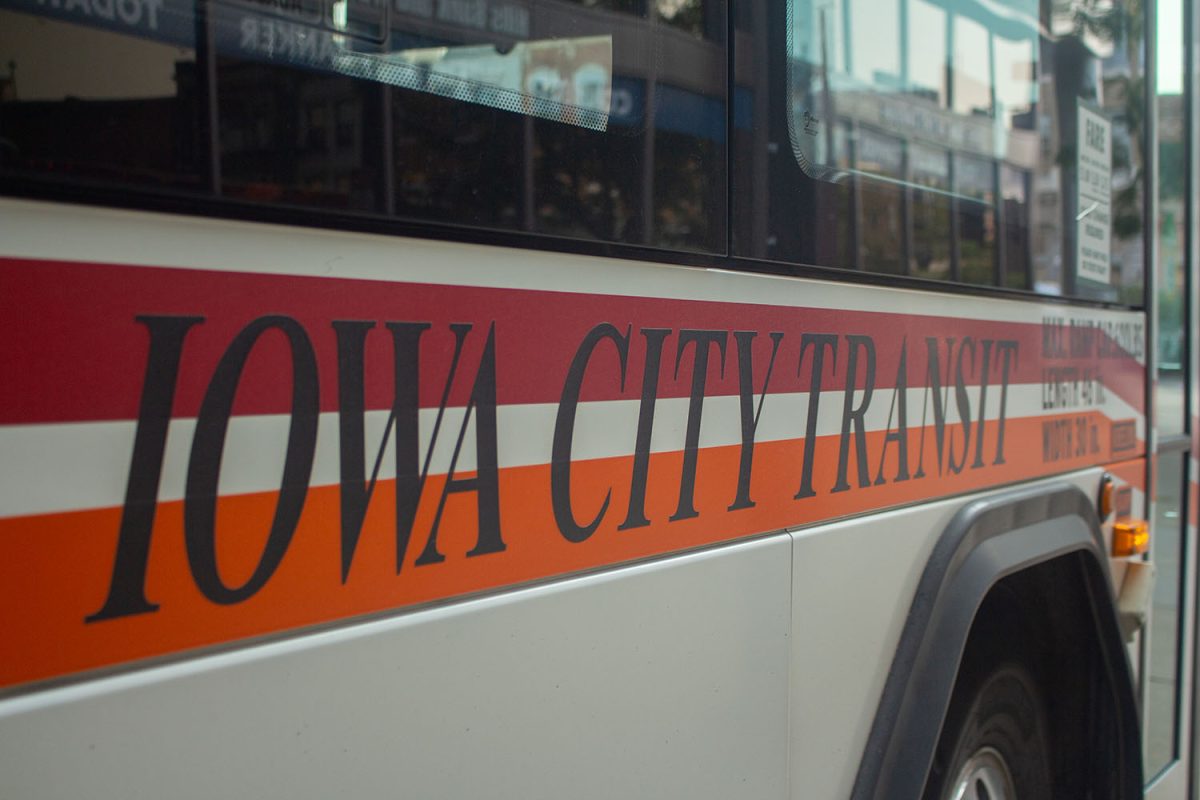The City of Iowa City is kicking off its $30 million project to relocate its transit and equipment facilities to better meet the needs of the growing community.
At the Nov. 4 Iowa City City Council meeting, the council approved the first of four phases for the project, which is hiring Neumann Monson Architects for architectural and engineering design services.
According to city documents, the project includes relocating the two facilities to the intersection of Gilbert Street and McCollister Boulevard, which is on the south side of town just north of Terry Trueblood Park.
The motivation behind this project comes from a 2015 master plan that aimed to centralize Iowa City’s services, Michelle Riedinger, senior facilities and design manager for the city, said. This project would put the transit and equipment facilities closer to the streets department and fueling facility, she said.
This first phase, which is expected to last through 2025, will generate some broad concepts for potential designs for the new facilities, Riedinger said. In the second phase, the city will do a deeper dive into these concepts to narrow down which option they would like to put out to bid for a construction company, she said.
The third phase will be the construction phase, which is anticipated to occur in 2027 or 2028, Riedinger said. The fourth and final phase will consist of either demolishing the current transit and equipment facility or modifying it for a different use, she said. Demolition or modification will be determined somewhere along the planning or design phase.
The $30 million estimated price for the project is subject to change depending on the design process, Riedinger said. To help finance this, the transit department was awarded a $19 million federal grant, according to city documents.
Currently, the transit and equipment departments operate in two separate buildings on the same plot of land. Both departments said they are out of room to continue to grow their staff sizes and meet the city’s present needs.
Darian Nagle-Gamm, the city’s director of transportation services, said there is so little room in the current transit facility that some buses have to be stored in the bus washing bays. As it is, the city can’t add any more routes because there is no room to store any additional buses, she said.
RELATED: Iowa City considers continuing fare-free bus program, starting new transit projects
The soil around the building is also uneven and has been repeatedly repaired with layers of asphalt, leading to somewhat bumpy entrances into the building for drivers, Nagle-Gamm said.
On the staff side of things, the transportation staff within the facility share offices because of lacking space, Nagle-Gamm said.
The transit department has calculated that it would save $1.6 million over the next five years with the new facility because there would be no need for the continuous repairs and maintenance the current facility requires, Nagle-Gamm said. She said this money can then be spent on other things to improve transportation in the city.
The new facility would make the jobs of the transit staff much easier and more efficient, which would benefit everyone in the community, Nagle-Gamm said.
“We know that we need to continually invest in transit in order to modernize our services for the public and to just continually meet the needs of the public,” Nagle-Gamm said. “This is another step on that roadmap.”
Dan Striegel, the city’s equipment superintendent, shared the same sentiments as Nagle-Gamm. Striegel’s department oversees the equipment side of any city fleet repairs. He said the ceiling on the current facility is too short for modern vehicles, which makes it difficult and time-consuming to make any repairs that require overhead access.
“That’s one thing we’re looking forward to, is just more modern facilities where we can actually do more efficient work within the shop as well as preparing for future expansion,” Striegel said.



